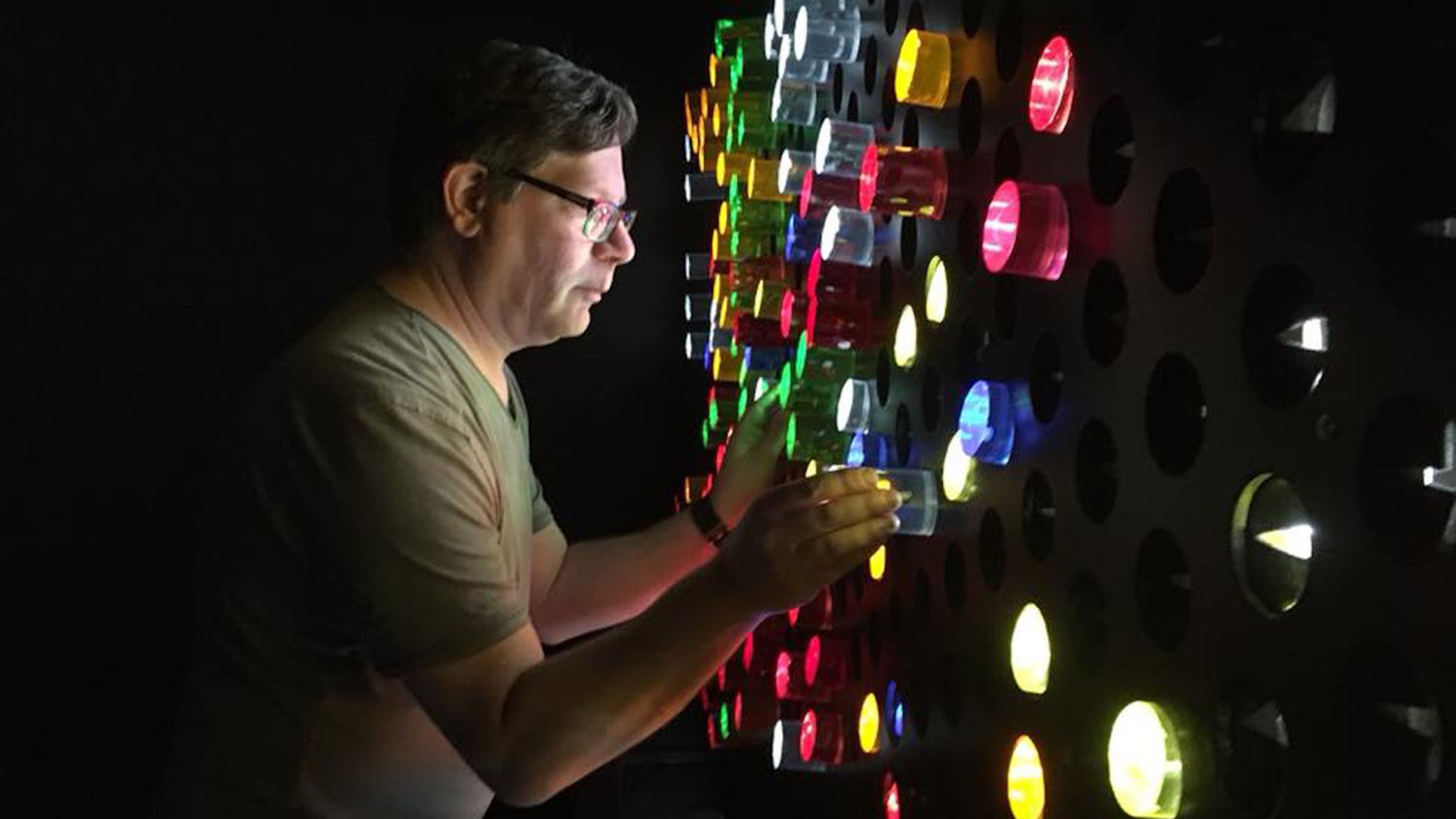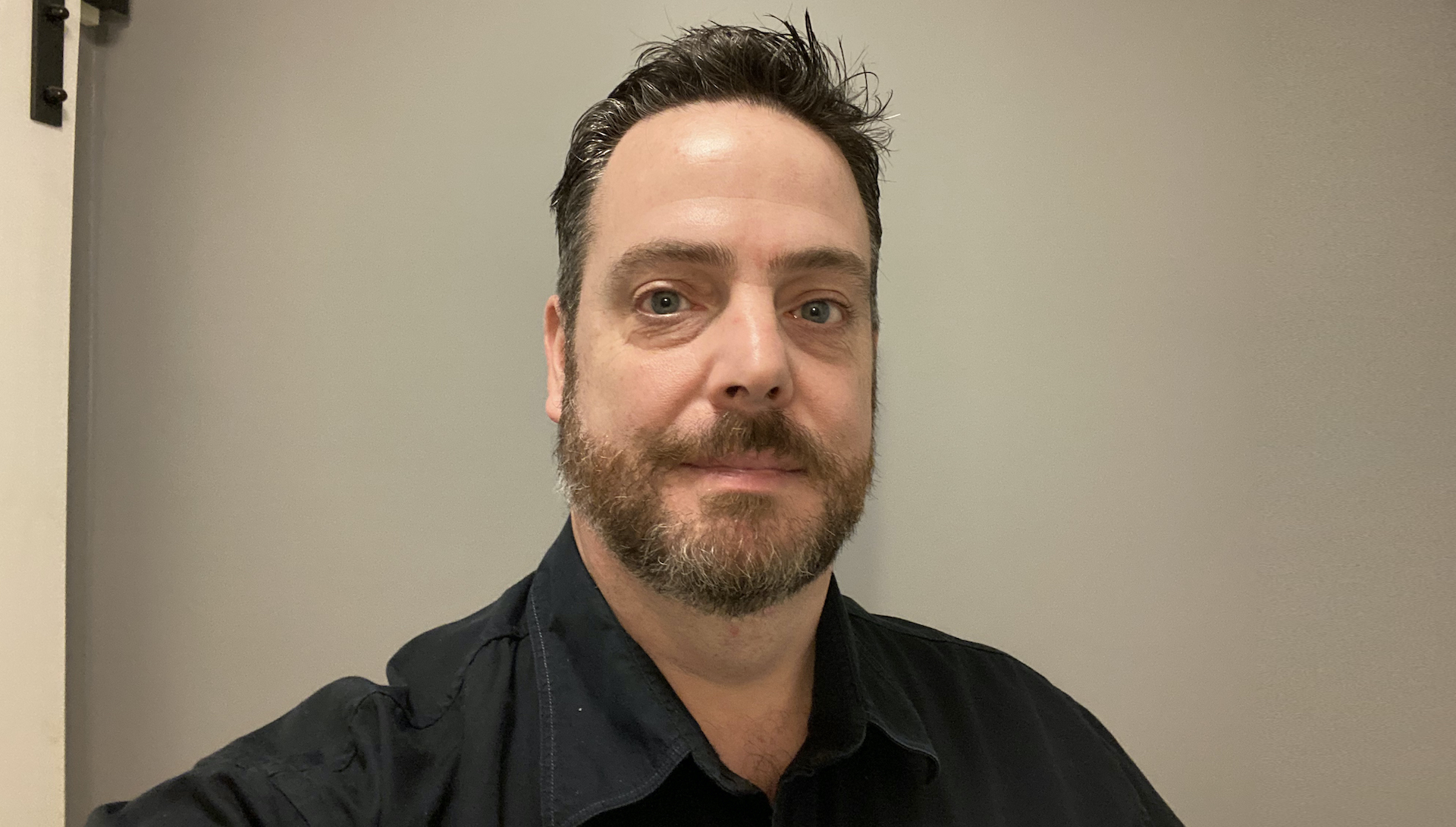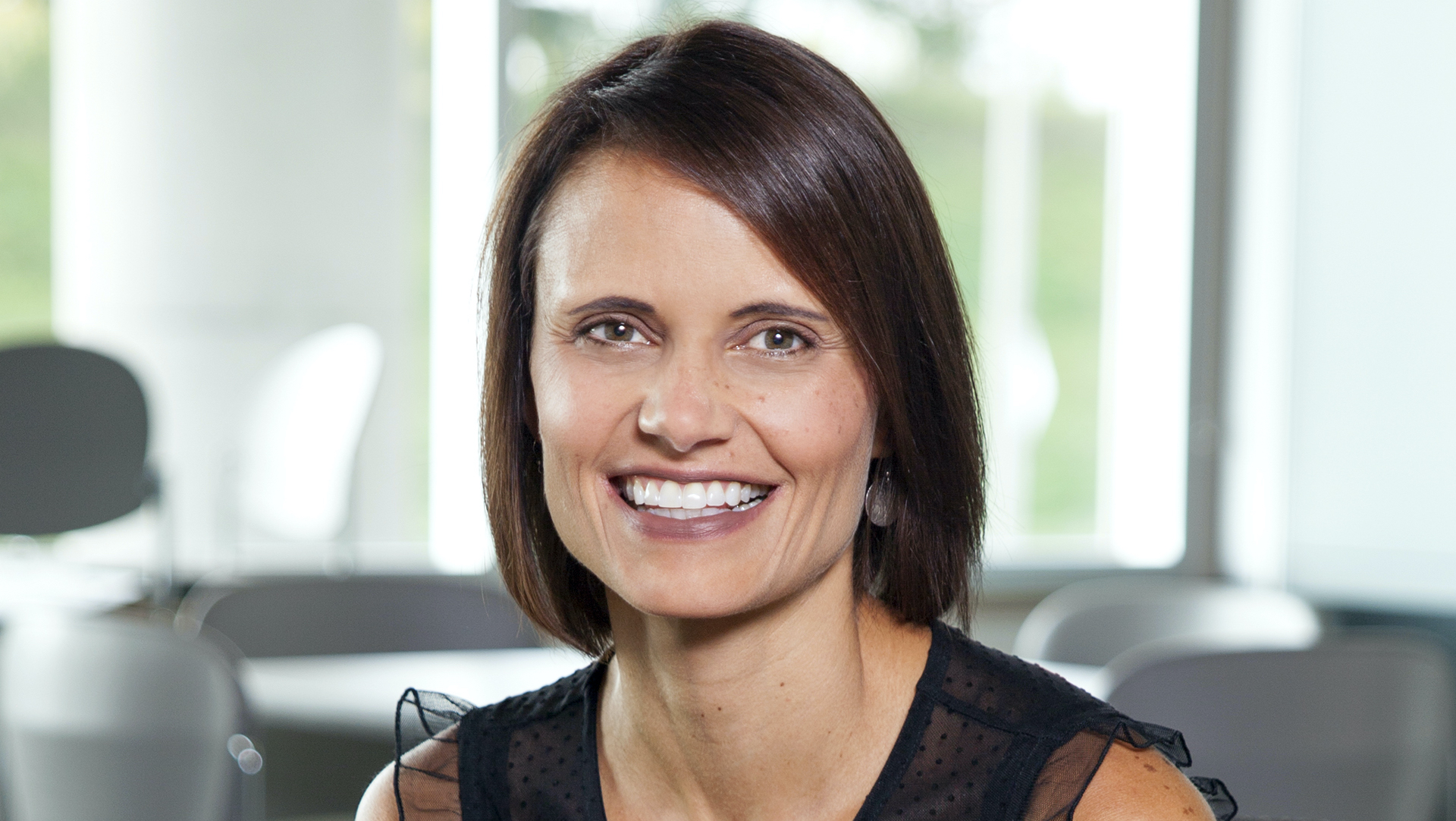It’s been nearly two years since many UX designers and researchers left their physical offices and moved their work online. Two years since many used a physical whiteboard and sticky notes, or tapped a colleague on the shoulder to ask what they were working on. Pre-pandemic much of usability research and co-design was done in person.
The situation was the same at Zeitspace, where our work moved from our office in Allen Square in Waterloo to makeshift offices in our homes. We’ve adapted our work in the past two years and that got us thinking: How have other UX designers and UX researchers adapted their work? So we set out to answer that question and the culmination is a series of Q&As we’ve done with UX designers and researchers from across Canada and the U.S.
The series will unfold right here on Zeitspace News over the next few months, but today we’re kicking it off with Steve Portigal, an experienced user researcher and author of two books, Interviewing Users: How to Uncover Compelling Insights, and Doorbells, Danger, and Dead Batteries: User Research War Stories.
What design and research tools are you using now, if any, that you weren’t before?
I’m pretty basic: video calling; some shared space to type, like a shared spreadsheet or document, or Slack. Rarely am I in a position to choose the “best” platform, it’s more about what my client’s corporate IT has selected (and what they have blocked). I am reluctantly pulled into using Miro and similar products in collaborative sessions, but I find it a bit chaotic (wait, where are you?) when everyone is at a different level of expertise in navigation and so on (and I’m on the low end).
What design and research tools, if any, have you stopped using now that you were using before?
I’m not meeting with people in person, so paper, whiteboards, projectors, standalone recording devices, etc. have generally gone by the wayside. Occasionally I’ll do something on my own on paper if it’s going to be easier to organize some ideas.
How have you adapted your work during the pandemic?
The most profound change for me has been in how I lead training workshops. I'm grateful to friends like Josh Seiden and Jennifer Fraser who each proactively offered me guidance based on their own early adaptations. So, I’ve broken day-long workshops into a series of two-hour sessions that can happen over a week or multiple weeks. I’ve recorded some lectures so people can watch on their own and we can use the time together to talk (I guess this is called “flipping the classroom”). It often feels like something special happens in these workshops. There’s good energy and a sense of connection that emerges, and people talk more, so we can all see learning and inspiration happen. I’m doing a lot more “creating space” versus “lecturing.”
What’s changed about your practice that you’ll keep doing after the pandemic is over?
I take my cues from my clients. I won’t be having in-person meetings if my clients are not coming into the office. I suspect like a lot of people I’m stuck between missing the energy of being together IRL (in real life) and overwhelmed by the thought of how much time and effort it can take to get together. So I’m not predicting anything, we’re collectively learning as we go.
Anything you wanted to add or say?
Our processes and tools are a very concrete aspect of how we are working, and in the face of so much uncertainty, it is something that we can control — so I’m glad we’re considering this! But let’s not lose sight of the overwhelmingly larger context — the pandemic has coincided with many other global crises: climate change, decline of democracy, right-wing violence, toxic social media, economic inequality, racial violence and systemic injustice, and I’m sure I’m forgetting a few. We are suffering. Our clients and our users and our families are all suffering. People without support systems are struggling. Parents are struggling. Personally, I’m privileged and have not directly experienced the most obvious impacts, but this is our shared context. I’d love to offer a simple phrase about “how we as designers and researchers can address these global challenges” but I struggle every day to not simply pretend This Is Fine and get back to my job.
My hope for myself is that while I keep improving my day-to-day (like finding a monitor placement that doesn’t wash out my face when the winter sun comes in the window at 2 p.m.) I can still keep in mind the big work facing us. I draw inspiration and comfort from the people in our fields (and beyond) who have been directly taking on these issues on our behalf.





